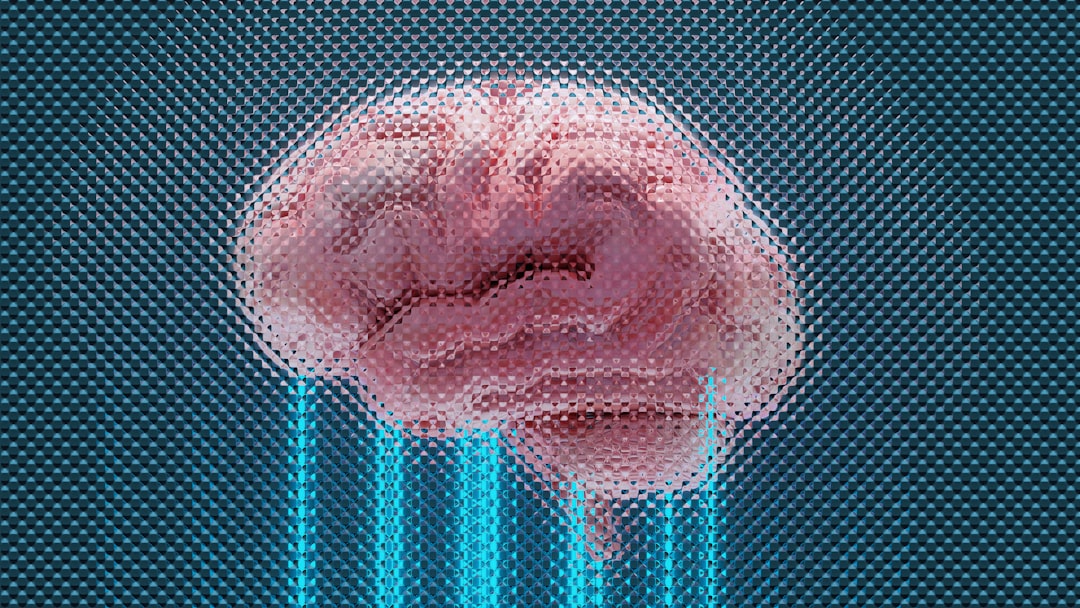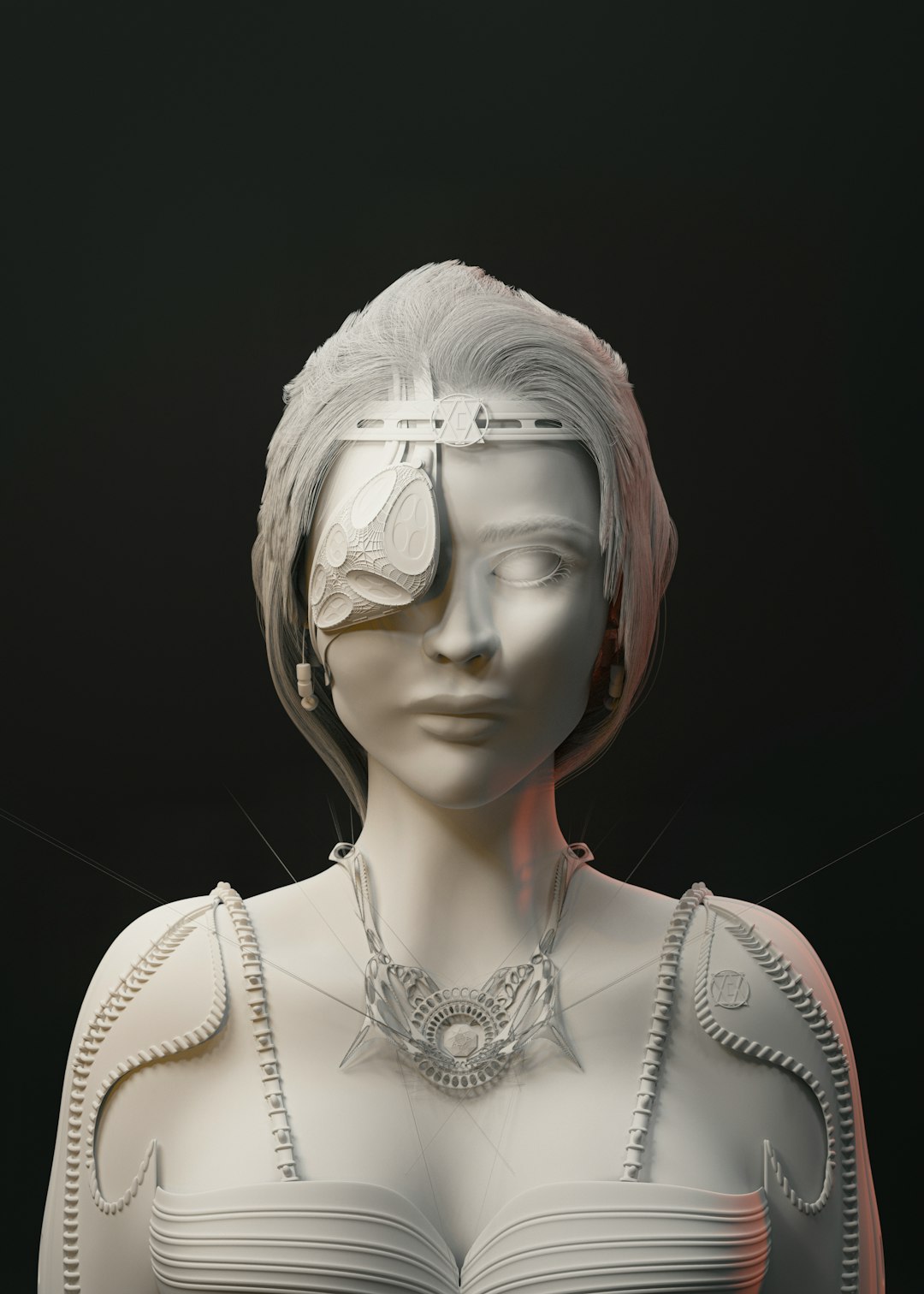ModelMaker AI is transforming the way digital artists, designers, and developers approach 3D modeling. Traditionally, creating high-quality 3D models required a sophisticated blend of artistic talent, technical expertise, and hours of painstaking work. Now with the power of artificial intelligence, ModelMaker AI automates much of this process, making it accessible even to those with limited modeling experience. In this comprehensive guide, readers will learn what ModelMaker AI is, how it works, and why it is a game-changer in the world of 3D design.
What is ModelMaker AI?
At its core, ModelMaker AI is an AI-powered platform that helps users generate 3D models from minimal input. Whether it’s a text description, a 2D image, or rough sketches, ModelMaker AI uses machine learning algorithms to transform that input into well-crafted 3D assets. This tool is particularly popular among developers in gaming, animation, architecture, and virtual reality, where realistic and diverse 3D models are essential.
Instead of spending hours sculpting a 3D object, users can now describe what they want in natural language—like “a medieval stone bridge with moss”—and the AI produces a 3D model that matches the prompt. This revolutionary approach allows for extremely fast prototyping and increased creativity, setting a new standard in the modeling industry.
How Does ModelMaker AI Work?
ModelMaker AI relies on a blend of neural networks, computer vision, and natural language processing to interpret user inputs and convert them into editable 3D models. The general workflow includes the following steps:
- Input: Users provide text descriptions, sketches, or images.
- Processing: The AI systems analyze the data, utilizing training on massive datasets containing millions of 3D models and visual examples.
- Generation: A 3D model is synthesized based on user input. The model includes textures, lighting, and geometry details where applicable.
- Editing: Users can make refinements using integrated editing tools or export to more advanced software.
Its use of Generative Adversarial Networks (GANs) and diffusion models allows it to produce highly realistic models with impressive accuracy. The more detail provided, the more precise the final result will be.

Key Features of ModelMaker AI
ModelMaker AI isn’t just a tool for generating random 3D shapes. It comes packed with powerful features that enhance productivity and creativity. Here are some of the most notable ones:
- Natural Language Inputs: Use written descriptions to generate models without any 3D design background.
- Style Transfer: Apply the visual style of one model to another, making it easier to maintain a thematic coherence.
- Real-Time Collaboration: Share modeling projects with team members to review or co-create in real time.
- Asset Library: Access a vast collection of pre-made models that can be customized and reused.
- Cross-Platform Integration: Export models into platforms such as Unity, Blender, Unreal Engine with a single click.
These features are designed to minimize technical friction and maximize user control, regardless of experience level.
Applications Across Industries
ModelMaker AI isn’t limited to one industry. It’s finding broad applications across various sectors:
- Gaming: Designers use it to create game environments, characters, and props, accelerating the development pipeline.
- Animation and Film: Animators generate background assets or even key figures, saving time and costs in production.
- Architecture: Architects create furniture, interiors, and building visuals for presentations and simulations.
- E-commerce: Businesses build 3D representations of products that customers can spin and zoom in virtual stores.
- Virtual and Augmented Reality: Realistic models are generated for training tools, educational platforms, and entertainment experiences.
These real-world implementations demonstrate the flexibility and potential of AI-powered modeling across disciplines.
Benefits of Using ModelMaker AI
Adopting ModelMaker AI offers numerous advantages over traditional methods. These include:
- Time Efficiency: Cut down modeling time from hours or days to mere minutes.
- Lower Cost: Reduce the need for hiring specialized 3D artists for every project.
- Increased Accessibility: Democratize 3D modeling by enabling non-experts to create professional-grade assets.
- Creative Freedom: Experiment with different concepts quickly without committing to a detailed modeling process from scratch.
- Scalability: Easily scale up model production for large projects such as open-world games or online catalogs.

Limitations and Challenges
While ModelMaker AI presents incredible opportunities, it also comes with challenges:
- AI Bias: Models may sometimes reflect inaccuracies if the training dataset is limited or biased.
- Limited Customization: Ultra-specific or highly stylized models still require manual tweaks.
- Hardware Demands: Though cloud-based, high-quality model processing may need dedicated GPU allocation.
- Legal Considerations: Intellectual property rights around AI-generated models are still unclear, raising copyright issues.
Understanding these constraints helps users mitigate potential risks and choose the right AI tools for their needs.
The Future of AI in 3D Modeling
ModelMaker AI is just the beginning of a broader shift toward AI-integrated design workflows. Over time, improvements in neural architectures, data diversity, and usability will likely make such tools more powerful and accessible. We can also expect tighter integration with AR/VR platforms, further blurring the lines between digital content creation and immersive experiences.
Also on the horizon are more collaborative features and open-source contributions that will push the boundaries of what AI can do in the creative space. Whether a hobbyist or a full-time professional, learning to use platforms like ModelMaker AI could become essential in staying competitive in the creative industries.
FAQ: Frequently Asked Questions
- Q: Can I use ModelMaker AI without any 3D modeling experience?
A: Yes! One of the key benefits is its natural language input, allowing users with no 3D design background to create sophisticated models. - Q: Is ModelMaker AI free to use?
A: It often offers free trials or freemium tiers, but advanced features and high-resolution outputs usually require a subscription. - Q: What file types can I export my models into?
A: Common export formats include .OBJ, .FBX, .GLTF, and more, compatible with tools like Unity, Blender, and Unreal Engine. - Q: Can I edit the models created by ModelMaker AI?
A: Yes. Models can be imported into editing software for further customization or modified directly within the platform if supported. - Q: How accurate are the models generated?
A: The accuracy largely depends on the clarity and detail of the input. The more specific your prompt, the better the outcome.
Whether you’re looking to prototype an idea or streamline your content pipeline, ModelMaker AI unlocks a new realm of creative possibilities using the power of artificial intelligence.



